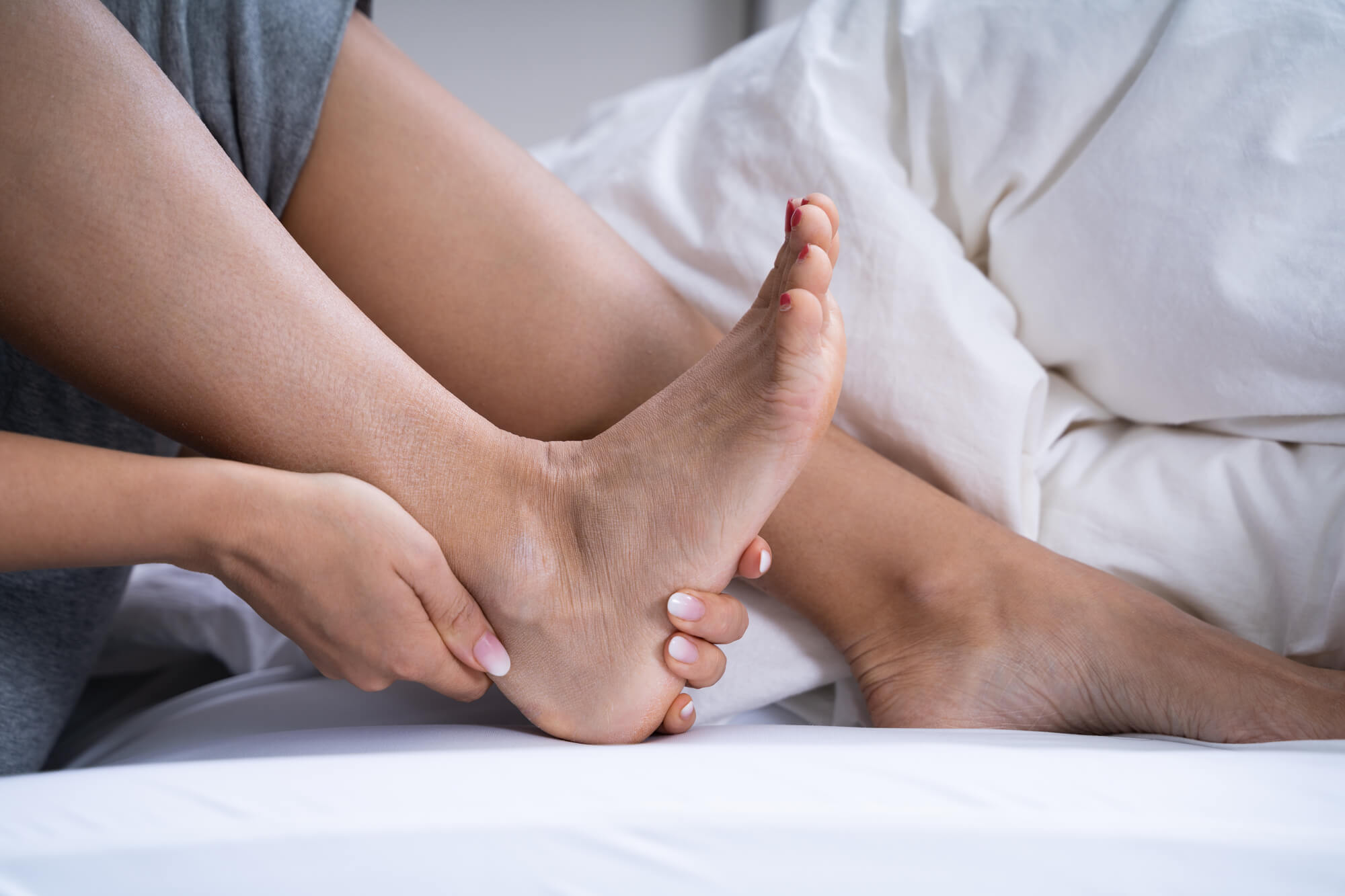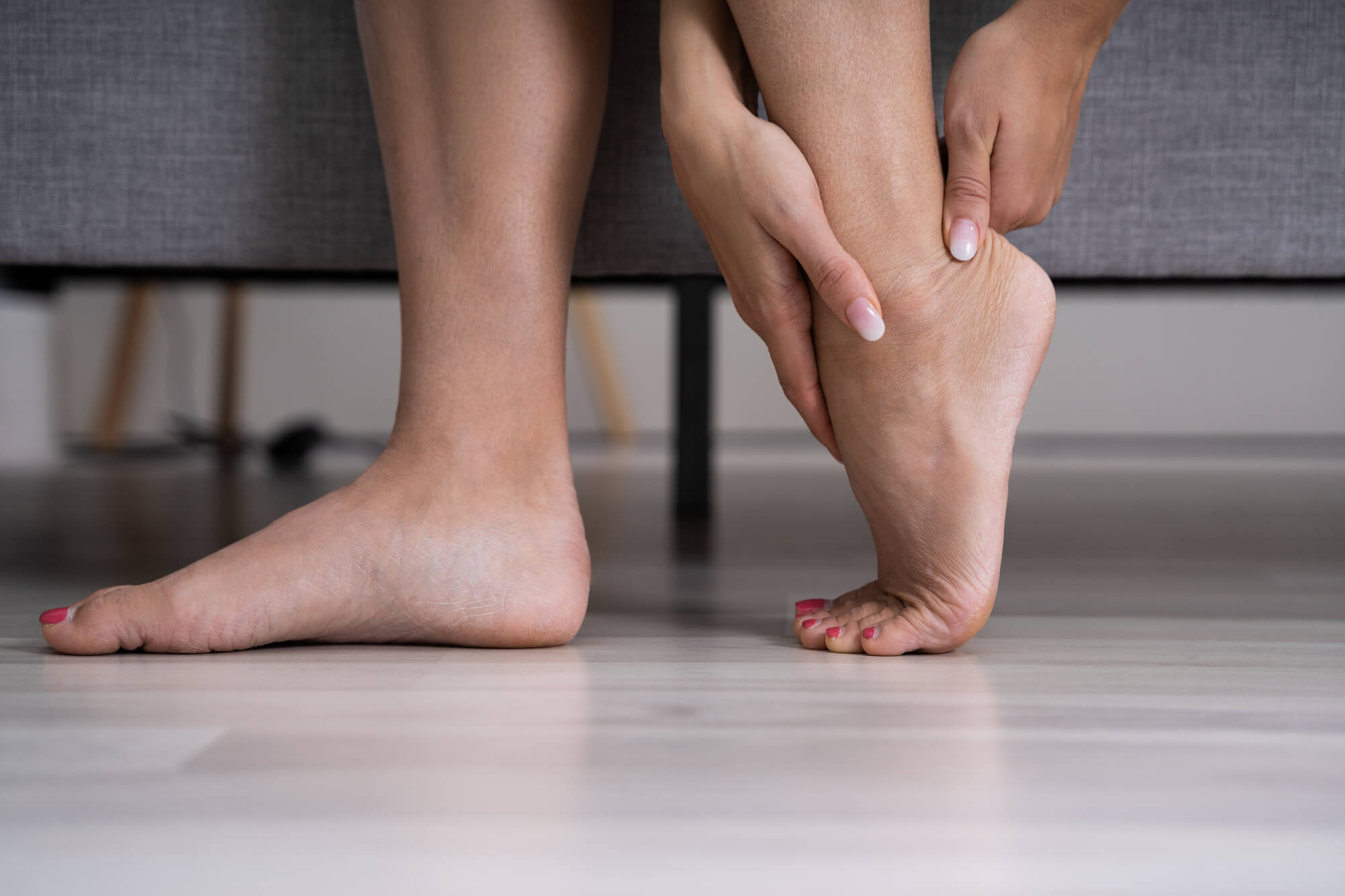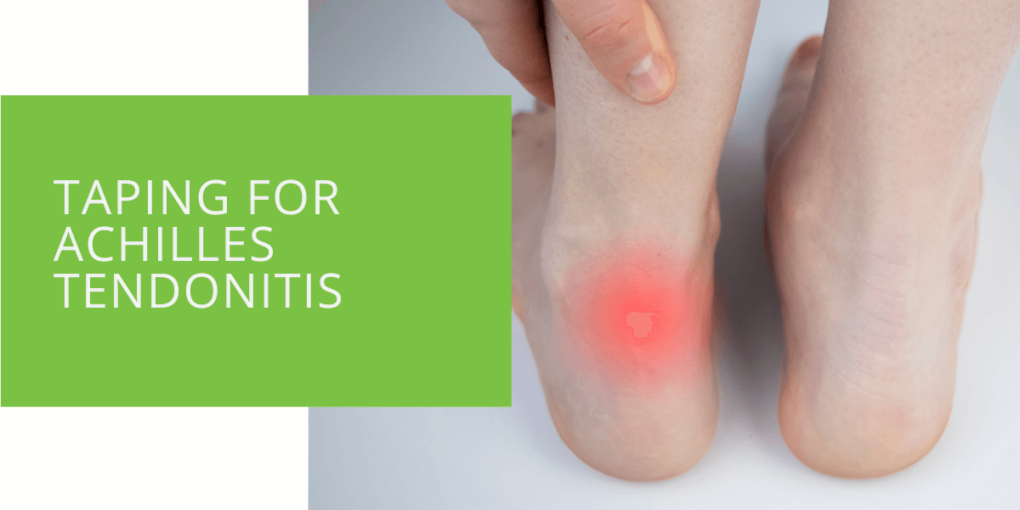Taping for Achilles Tendonitis
Achilles tendonitis can be a debilitating condition that affects people of all ages and activity levels. Whether you're an athlete or a non-athlete, the pain and discomfort of Achilles tendonitis can be overwhelming and make it challenging to perform everyday activities. Fortunately, taping can help ease the pain and get you back on your feet.
In this comprehensive guide, we will explore the different ways taping can help alleviate the symptoms of Achilles tendonitis, from basic to advanced techniques. You will learn the benefits of taping for Achilles tendonitis, how to properly tap your Achilles tendon, and when to use taping as part of your treatment plan. Whether you're looking to get back in the game or want relief from this condition, this guide will provide everything you need about taping for Achilles tendonitis.
Key Takeaways
- Taping effectively manages Achilles tendonitis, providing pain relief, support, and improved circulation.
- Choosing the right type of tape and following proper taping techniques are crucial for successful treatment.
- Taping should be integrated into a comprehensive treatment plan that may include physical therapy and consultation with a podiatrist for the best results.
Understanding Achilles Tendonitis
Before delving into taping methods, let's better understand what Achilles tendonitis is. This condition involves the inflammation of the Achilles tendon, the thick cord that connects your calf muscles to your heel bone. It often results from overuse, such as excessive running or jumping, and can be exacerbated by inadequate footwear or improper exercise techniques.
Causes and Symptoms
Achilles tendonitis is frequently caused by repetitive stress on the tendon, leading to micro-tears and inflammation. Common symptoms include:
- Pain: Aching or sharp pain in the back of the heel.
- Swelling: Inflammation around the Achilles tendon.
- Stiffness: Difficulty moving the ankle or flexing the foot.
- Weakness: Reduced strength when pushing off the ground.
Taping as a Treatment
Taping for Achilles tendonitis can be an effective way to reduce pain and support the healing process. It provides stability to the tendon and reduces strain during physical activities. One popular method is kinesiology tape, designed to mimic the skin's elasticity.
Benefits of Using Kinesiology Tape
Kinesiology tape has gained popularity due to its unique properties. It can:
- Reduce Pain: Lifting the skin kinesiology tape can alleviate pressure on pain receptors.
- Support Muscles: It helps reduce muscle fatigue and provides support during activity.
- Improve Circulation: Tape application can enhance blood flow, aiding healing.
- Enhance Lymphatic Drainage: It assists in reducing inflammation by promoting the drainage of excess fluids.

Types of Tape for Achilles Tendonitis
When it comes to taping for Achilles tendonitis, you have several options to choose from. Each type of tape has its unique features and advantages. Common choices include:
- Kinesiology Tape: This elastic tape is designed to stretch and move with your body, making it a popular choice for Achilles tendonitis.
- Rigid Tape: Offers more stability and support but may limit mobility.
- Leukotape: Known for its durability and long-lasting adhesive properties.
Choosing the Right Tape for You
Selecting the right tape depends on your individual needs and your healthcare provider's recommendations. Kinesiology tape is often preferred for its versatility and comfort during movement.
Preparing for Taping
Before you start taping your Achilles tendon, it's crucial to ensure you have the necessary supplies and follow proper foot and ankle hygiene.
Gathering Necessary Supplies
You'll need the following items:
- Tape: Depending on your choice, kinesiology tape or another suitable type.
- Scissors: For cutting the tape to the desired length.
- Skin Preparation: Clean and dry the skin thoroughly before application.
Step-by-Step Taping Instructions
Now, let's dive into the detailed instructions for taping your Achilles tendon effectively. Follow these steps carefully:
Applying Kinesiology Tape
- Begin with clean and dry skin.
- Cut a strip of kinesiology tape long enough to extend from just above the point of pain to just below the calf.
- Round off the edges to prevent the tape from peeling.
- Apply the tape with your foot flexed, starting just above the heel.
- Gently lift and stretch the tape as you apply it along the Achilles tendon, finishing just below the calf.
- Smooth the tape down to ensure proper adhesion.
Ensuring Correct Tape Placement
Proper tape placement is crucial for effective taping. Ensure that:
- The tape is applied without wrinkles or folds.
- It adheres firmly to the skin.
- You can comfortably move your ankle and foot without restrictions.
Tips for Effective Taping
- Consider applying a second strip of tape parallel to the first for added support.
- If the tape causes irritation or discomfort, remove it immediately and consult a healthcare professional.
Taping for Achilles Tendonitis: Dos and Don'ts
To make the most of your taping efforts and ensure a safe and effective experience, consider these important dos and don'ts:
Common Mistakes to Avoid
- Don't overtighten: Taping should provide support, not constrict circulation.
- Don't apply directly to open wounds or broken skin: Ensure your skin is healthy before taping.
- Don't ignore discomfort: If taping causes more pain, remove it and consult a healthcare provider.

Combining Taping with Other Treatments
While taping can be beneficial, it's often most effective as part of a comprehensive treatment plan. Consult with a podiatrist or physiotherapist to create a tailored approach to your Achilles tendonitis.
Integration with Physical Therapy
Physical therapy exercises can help improve the strength and flexibility of the calf muscles, reducing the risk of future injuries.
Consultation with a Podiatrist
A podiatrist can assess your condition, provide expert guidance, and recommend the most suitable treatment options, including taping.
Taping for Achilles Tendonitis in Sports
Athletes frequently encounter Achilles tendonitis due to the demands of their sports. Here are some strategies for athletes:
Taping Strategies for Active Individuals
- Prevention: Taping can be used proactively to reduce the risk of injury during sports activities.
- Support during Activity: Taping can provide added support and stability during physical exertion.
Maintaining Comfort and Safety
While taping can be highly effective, it's essential to prioritize your comfort and safety:
Ensuring Proper Fit and Support
- Regularly check the tape for signs of wear or loosening.
- Remove the tape if it becomes uncomfortable, and consult a healthcare professional.
Managing Taping-Related Discomfort
If you experience skin irritation or discomfort due to taping, consult a healthcare provider for alternative solutions.
Conclusion
Our comprehensive guide to taping for Achilles tendonitis has explored the benefits and techniques for effectively managing this common injury. When done correctly, taping can be a valuable tool in reducing pain, supporting the healing process, and allowing you to return to your favorite activities. If you're struggling with Achilles tendonitis, don't hesitate to consult with our expert podiatrists. We have the knowledge and experience to guide you towards a full, pain-free recovery. Take the first step today by scheduling an appointment and regain control of your Achilles tendonitis.
Remember, your path to recovery begins with the right information and expert guidance. Don't let Achilles tendonitis hold you back; take action today.

